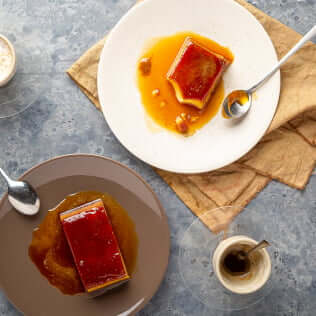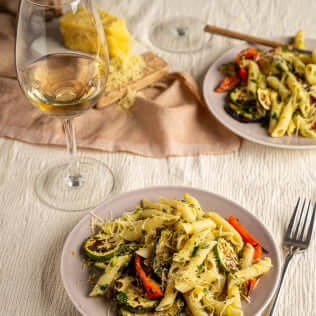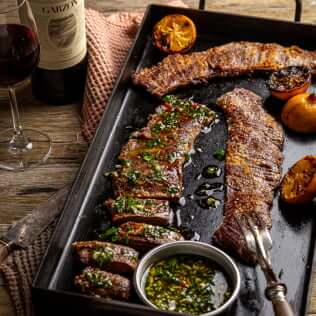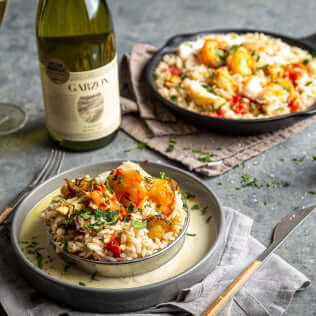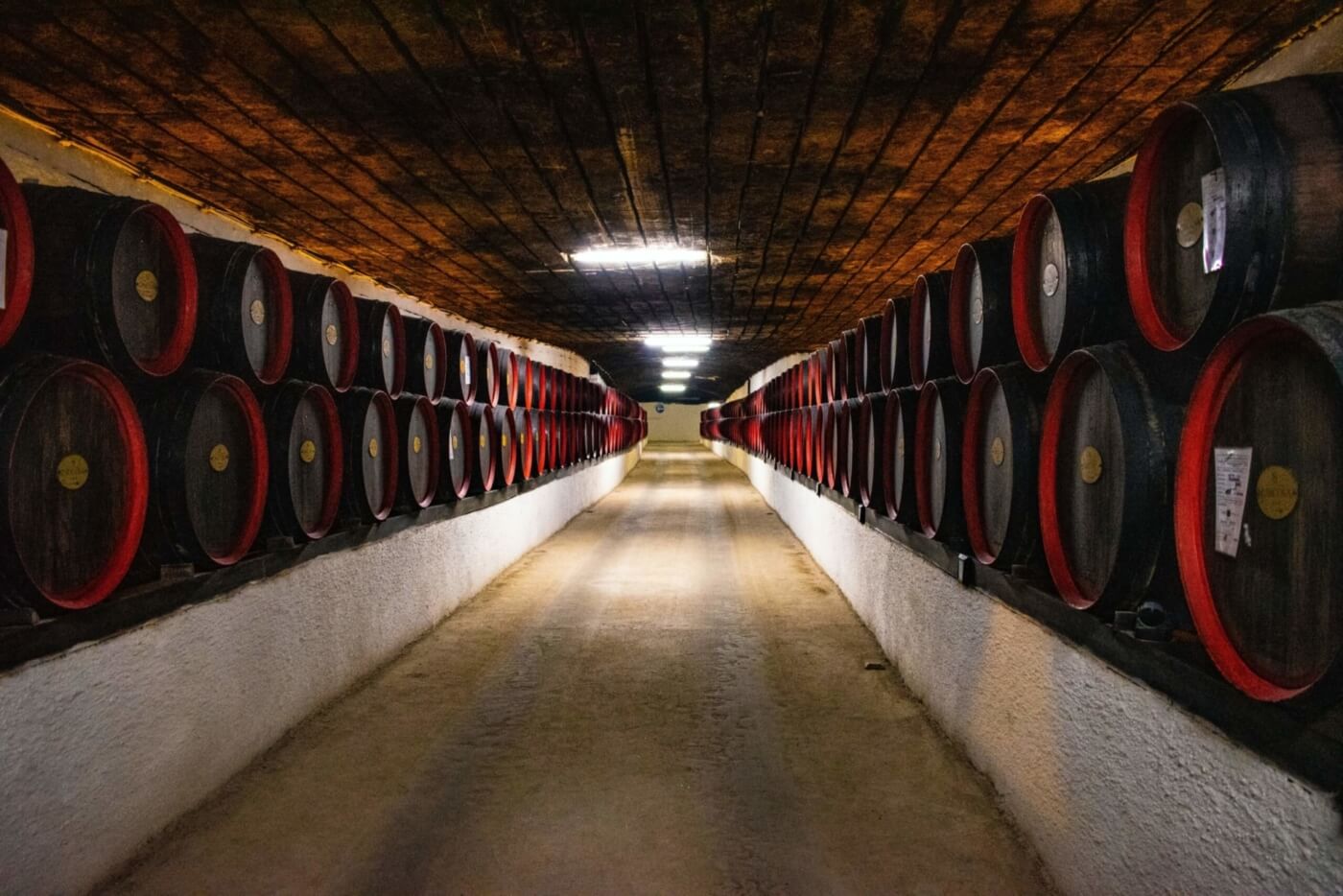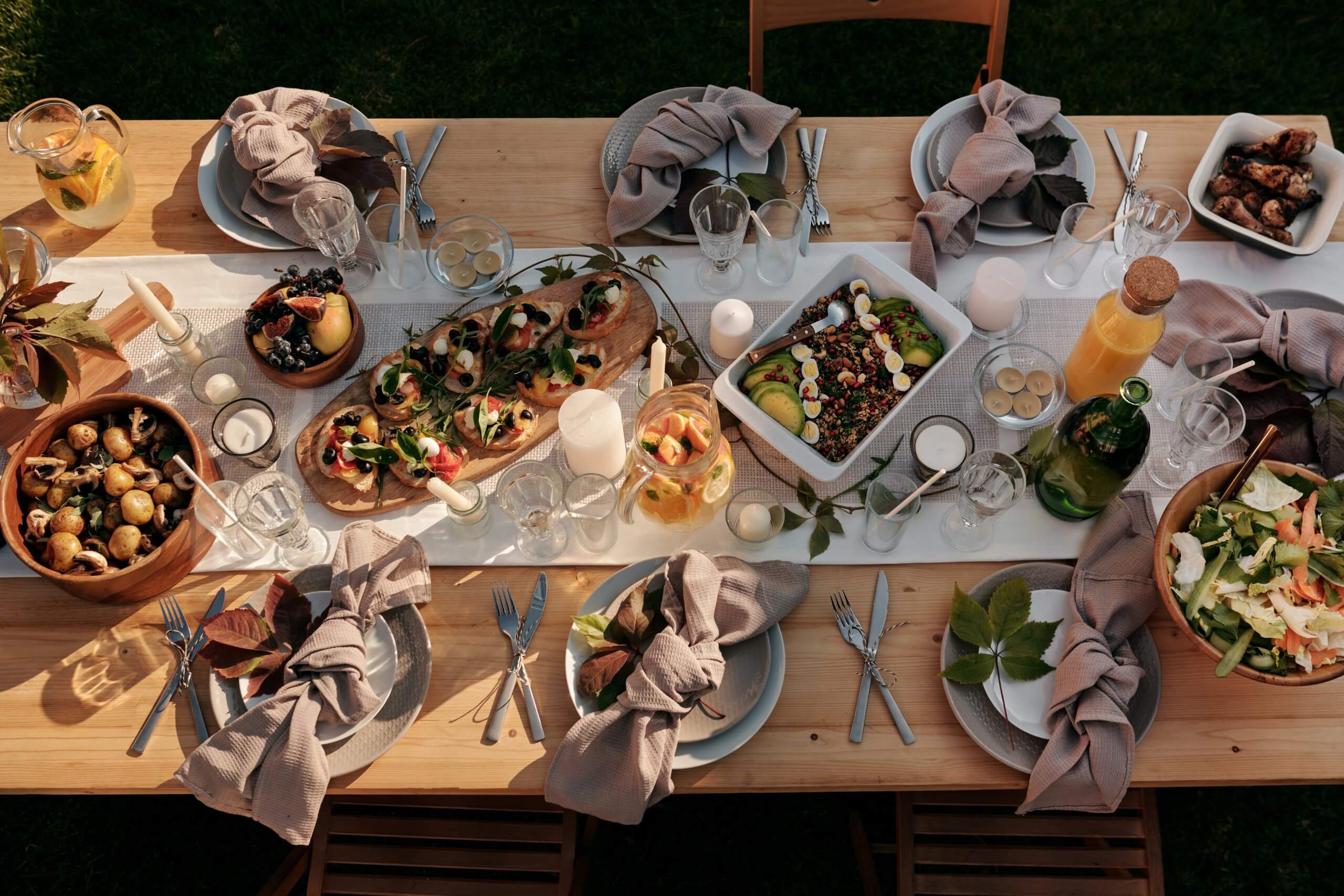Red wine is just fermented grape juice, right? Well, it’s much more than that. Learn how to choose a red wine includes knowing the grape varieties, the winemaking process, the various styles and flavours, red wine is a fantastic universe to explore.
Today we’re covering all there is to know about our favorite drink, from how red wine is made to when and how to choose a bottle of red.
As you know, Uruguay is famous for its red wine, but what makes red wines different from each other, anyway? Here’s all you wanted to know about it.
What Is Red Wine
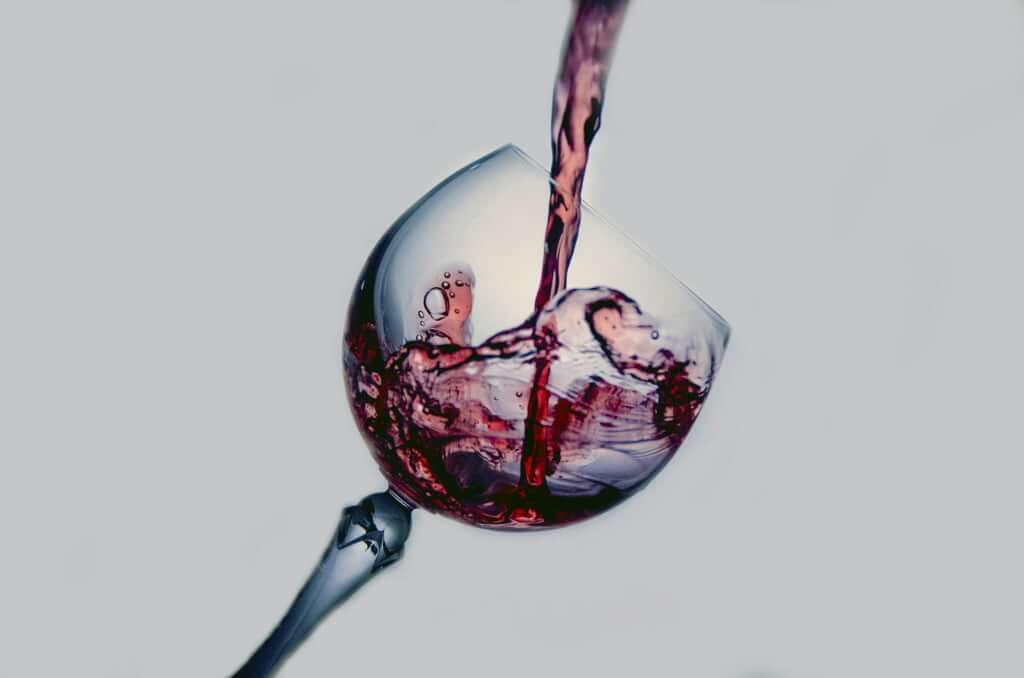
A bottle of red wine is made of 85% water and between 12% and 14% alcohol. The remaining 1-3%, although seemingly insignificant, is what makes red wine special. Acids, aromatic compounds, rough-textured tannins, and natural pigments give red wine its personality.
Red wine can only be crafted with red (purple) grapes. Interestingly enough, the pulp and juice in these grapes are colorless, which means all the good stuff is in the skins or peels.
Some grapes have thin skins, while others have thick ones, some grapes ripen under summer’s blistering sun, and others barely mature if gray skies mark the season.
Ultimately, it’s the grape variety and the weather that determines a red wine style.
How Red Wine Is Made

Red wine starts in the vineyards, but you can’t plant vines anywhere, wine grapes need the right temperature and the right soils to thrive. After a year’s worth of hard work, grape growers hopefully get a batch of healthy, ripe red grapes, and the winemaking process can begin. This is an important part of how to choose a red wine correctly.
Grapes are taken to a winery where they’re crushed. The juice and the skins form the ‘must,’ which is where the magic happens. Winemakers are ready to start the alcoholic fermentation, so they add yeast, which is a unicellular fungus, to convert the sugar in the must into alcohol.
DID YOU KNOW: Winemaking yeast, or baker’s yeast, is everywhere, even on our skin. Any sugary liquid left unattended will ferment spontaneously.
Up to this stage, the grape juice leaches out all the flavors, aromatic compounds, grainy textural particles (tannins), and color from the skins. Once the yeast finishes its work, the skins can be discarded, and the wine can move on to the next stage.
The wine is hardly a finished product. Winemakers will allow bacteria to smooth it out in a process called malolactic fermentation. Then, the wine might or not spend some time maturing in oak barrels for a few months or several years. Finally, the wine can be bottled and sold.
What Is The Difference Between Red Wine And Other Wines?

Red wine differs from white wine because, in red winemaking, the juice is fermented with the grape skins. As explained above, it’s the skins that add color and texture to red wines.
Red wines can be quite distinct between them too. How to choose a red wine from Thin-skinned grape varieties like Pinot Noir render refined and smooth wines. Thick grape varieties like Tannat deliver powerful and structured wines.
DID YOU KNOW: The main difference between red wine styles is the quantity of tannins they have. Tannins are gritty particles that give you the sensation of dryness in your mouth. Tannins can make a wine sturdy and vigorous, and the lack of them can make a wine more approachable. Tannic wine age better than wines low in tannins.
How To Choose A Red Wine
If you’re looking for a bottle of red wine, there are a few things to consider. Before looking for specific wine grapes or wine-producing countries. Think of the following:
The occasion:
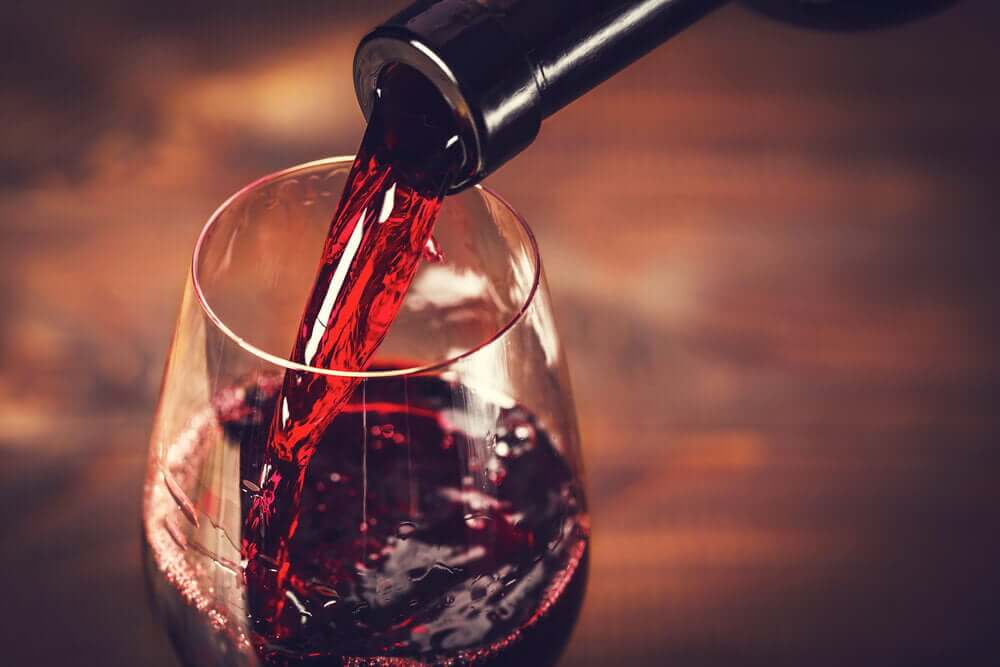
Are you looking for a friendly, fruity wine for an outdoor grilling party? Or are you looking for an elegant and robust wine to pair a multi-course formal dinner? Young fruit-forward wines are more casual. Aged red wines are packed with formality.
The people:

Don’t go spending a hundred bucks in a bottle of Napa Valley Cabernet if you’re hosting your beer-drinking friends for lunch. And don’t get a bottle of two-buck-Chuck if your wine connoisseur father-in-law is coming for dinner.
The food:
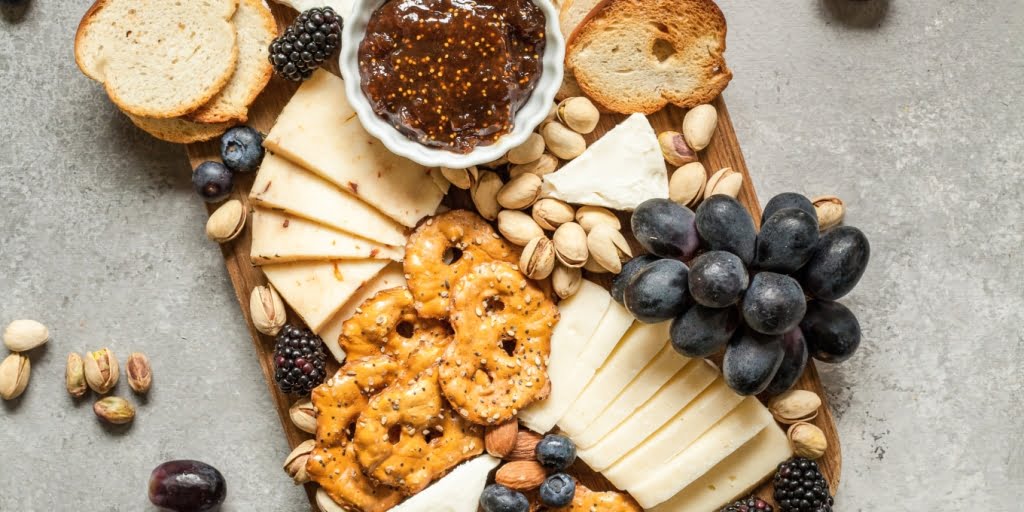
Light-bodied red wines like Pinot Noir go great with fatty fish including salmon and tuna but might be overwhelmed by a char-grilled steak. When comes of how to choose a red wine, a robust one, wines made of Cabernet, Malbec or Tannat is a better option for red meat and hearty dishes
What is the Best Temperature to Serve a Red Wine?
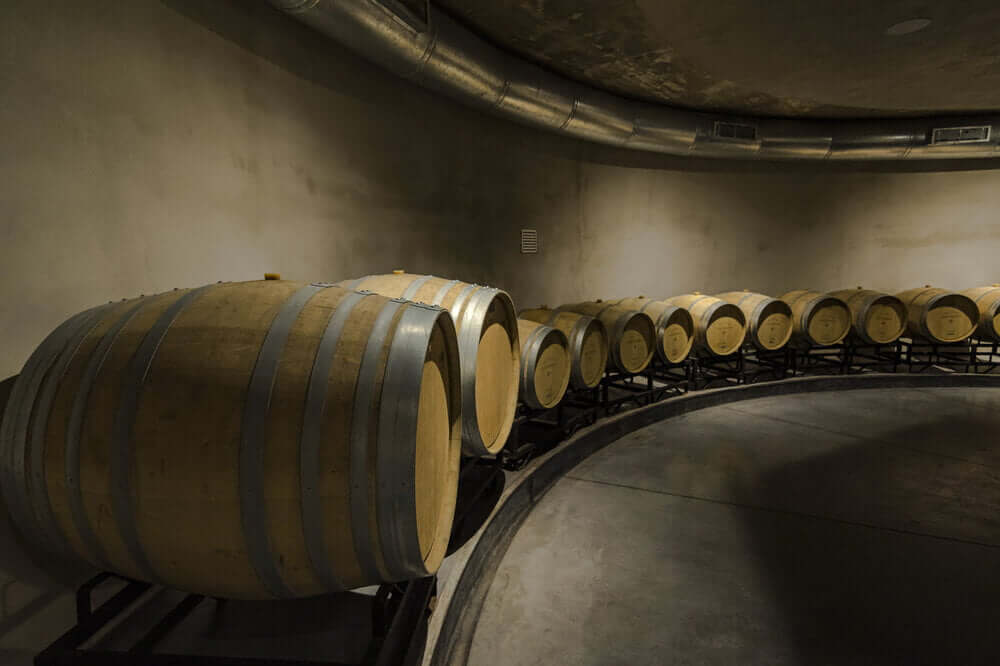
It is said red wine is better enjoyed at room temperature, but that’s not entirely true. Room temperature can mean many things, depending on where you live.
Red wine is better enjoyed between 10°C (50°F) and 16°C (60°F), the lighter and fruitier the wine, the colder you should serve it within this range. Full-bodied, aged wines are more pleasant when warmer, closer to the 16°C (60°F) mark.
For reference, your fridge cools stuff down to 4°C (39°). An hour in the fridge or a few minutes in an ice bucket, are enough to chill your bottle of red wine to the right temp.

Check out our selection of Uruguayan red wines; they’re beautiful to drink young and they get even better with time. Red wine is always a safe bet, and now that you know everything about it, it’s time to get a bottle and drink to that.
















 3
3



